
Ethiopia is as the birthplace of coffee. It's simple, as soon as you type “coffee + Ethiopia” in your search engine, you find yourself transported to this wonderful country between the 8th and 10th century AD where you will see two versions of how coffee was discovered. One states that a rather observant Ethiopian shepherd figured out that the coffee berries his goats devoured had a positive effect on his goats. Or of that same shepherd, whom we will qualify as clumsy or lucky when a coffee tree branch fell, how we don't know, very close to his fire. The rest we know, the coffee cherries, seeing the flames lit the half-light, hurried to throw themselves into the mouth of the wolf. The result of this 1st roasting would be enough to seal the shepherd’s happiness. As you can see, the official history of this discovery is not completely clear. We will focus on the close link between coffee and Ethiopia, its culture, people, regions and rituals. Why? Because it is in Ethiopia that it all started, and above all, it is there that we find the most beautiful wonders of specialty coffee from endemic varieties that still grow in the wild.
From local consumption to massive export
Beyond all these legendary considerations, let us quote one truth. You have heard of “Ethiopian mocha” before. It is found everywhere on packets of ground or whole coffee beans in large supermarkets and big box stores. The uninitiated will be right to associate this name with a variety dedicated to a specific preparation. Especially since the word “moka” designates an extraction with an Italian coffee maker. This well-felt intellectual journey is unfortunately wrong. This word comes from the port of “Mocha” in Yemen. In fact, in the first centuries of its exportation, Ethiopian coffee was transported to the nearest port, the port of “Mocha”. Coffee from Ethiopia became known as Ethiopian mocha. At that time, there was no differentiation between qualities or coffee producing regions. In addition, coffee grew in the wild and its exportation was not considered an important source of revenue for the country which mainly exported it to Middle Eastern countries that were fond of this drink considered to be intoxicating and which was still permitted by Islam.
Until 1920, most of the production was consumed in the country. The development of road infrastructures and a definite decline in the ivory trade in the 1940s marked the boom in coffee exports, which quickly became one of the country's major income sources. From this observation, the government put strict measures in place to protect this financial windfall by establishing grades according to coffee quality and by dividing the crops according to production regions. These grades pushed producers to favour high-quality production that respects the environment. These measures gave Ethiopian coffee unparallelled visibility and shaped its reputation as the coffee with the most aromatic complexity.
Finally, the establishment of the ECX (Ethiopia Commodity Exchange) guaranteed export sales by ensuring “the development of a modern and efficient trading system”. According to the Le Monde (art.15.01.16 “immersed in the ECX, Addis Abeda's agricultural stock exchange”), the ECX has improved the food security of small producers by regulating market prices. They can now follow commodity prices in real time by SMS or phone and receive more than two thirds of the selling price of their goods against a third before the creation of the Stock Exchange”
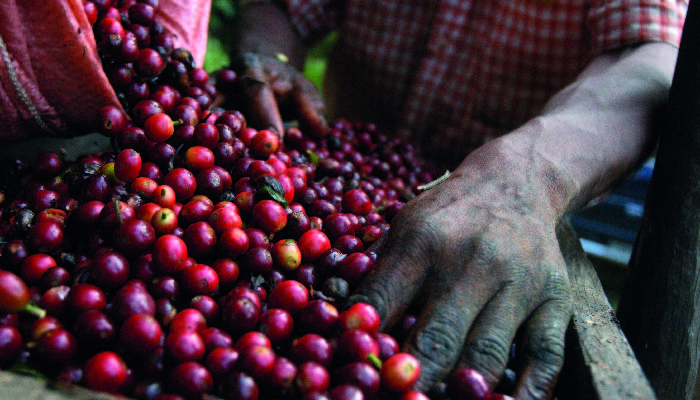
An economic and social lung
5.3 million small farmers cultivate coffee in Ethiopia. The ECX plays a central role in the country's economy since coffee represents ⅓ of export income. To achieve this, small producers had to get themselves organised. In fact, on average, each farmer has barely 1 hectare of crop. To survive, small producers have joined forces by creating cooperatives. These cooperatives hold a central place in the country's economic and social fabric. Mostly, they constantly contribute to improving production tools and invest heavily in social and educational projects. It is for these very reasons that our Swiss roasters on CoffeeAvenue choose Ethiopian coffee.
In addition, Ethiopian coffee is not rare, and you will never be short of options. And for good reason, 700,000 tons of Arabica alone was produced in 2019. Ethiopia is the 5th largest coffee producer in the world with 4% of global production, far from the behemoths of Brasil and Vietnam.
Ethiopia is the 1st African producer but the 2nd in exportation after Uganda. 50% of production remains within its borders to satisfy domestic demand.
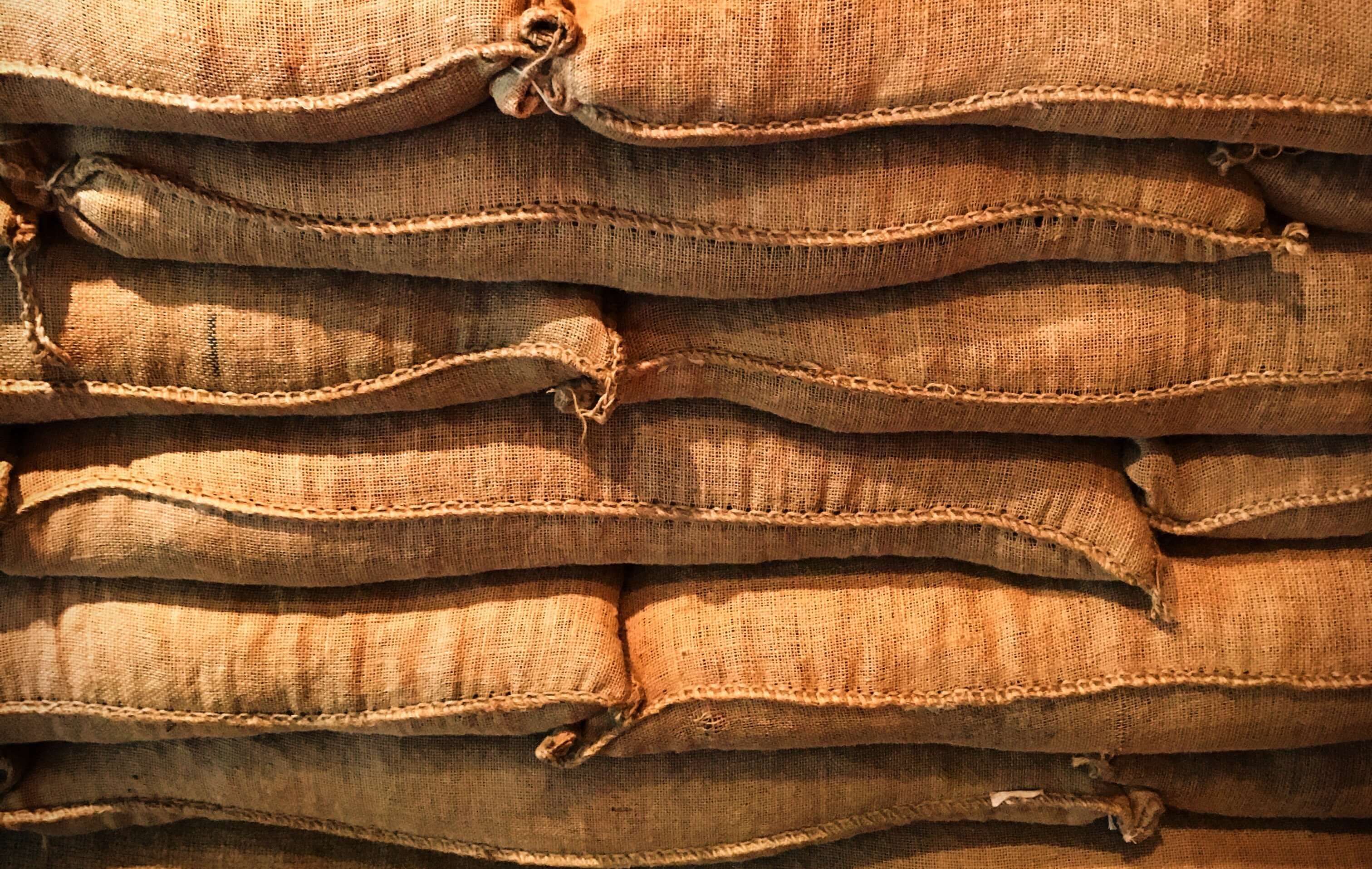
Coffee, a tradition in the life of every Ethiopian.
With 70kg of coffee consumed per year per person, for an Ethiopian, loving coffee is natural.
Ethiopians have forged a close bond with coffee. Traditions are powerful and coffee is an integral part of their lives. It is also so present in the heart of Ethiopian culture as many daily words reflect its importance. The expression “Buna dabo naw” translates to “Coffee is my bread”. According to traditions, three “Buna” (coffee) per day would be necessary to feel in good shape. Its preparation is surrounded by rituals and different recipes. Note that Ethiopians enjoy their coffee enhanced with spices such as cinnamon, cloves or cardamom, and then sprinkled with a large dose of sugar.
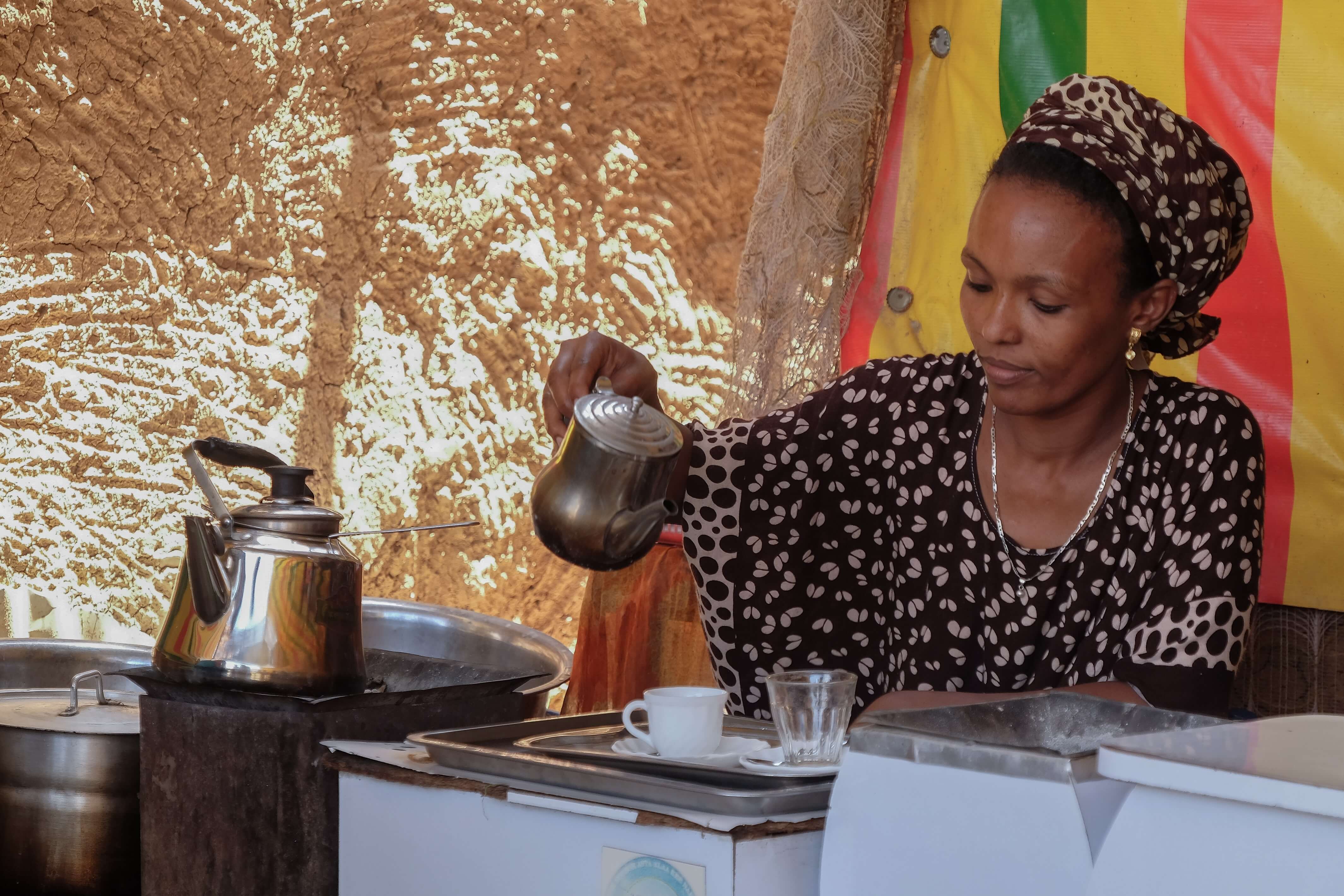
Terroir and production method
“Ancestral tradition”, “cradle of coffee”! With all these words of praise, we quickly understand that this country is home to unique coffees. In fact, depending on the region, similar to terroirs for wine, the climate and altitude offer naturally exceptional conditions for growing coffee. But the production methods vary between semi-industrial horticultural cultivation and so-called forest coffee. Wild forest coffee is the one that offers the highest quality guarantee, but it is reserved for treasure hunters. It grows wild in the south and southwest parts of the country. It is generally found in the provinces of Balé, Wallega and in Bench Maji zone. Wild forest coffee is unique and sought after for its superior quality in aroma and flavour. It still represents 10% of production. 85% of the production fluctuates almost equally with semi-forest crops where weeding is done, and a slightly more advanced method which involves some soil maintenance and the addition of organic fertilisers. Intensive cultivation only represents 5% of national production.
And the types of varieties grown in all of this? It is difficult to be specific since endemic varieties have evolved naturally over the centuries. You are going to find the term “heirlooms” or “endemic varieties” on the label of your specialty coffee packet. One is an English term from the colonial era which means “endemic variety”. To get back to the point, and to make things easier, keep in mind that coffee will be totally different depending on the region where it was grown: JImma, Lekempti-Gimbi, Yrgacheffe, Sidamo, Illubabor, Harar, Limu, Kaffa, Tepi, Bebeka, Guji. JImma, Sidamo and Yrgacheffe are the regions most often chosen by roasters. The Yrgacheffe region remains a popular choice since it is unanimously considered to hold the most hidden treasures.
To savour its wonderful coffees, gentle extraction is often used. Most coffee from Ethiopia is full of aromatic richness that only gentle extraction can reveal. Nonetheless, extracting with your espresso machines offers unique and powerful cup profiles.
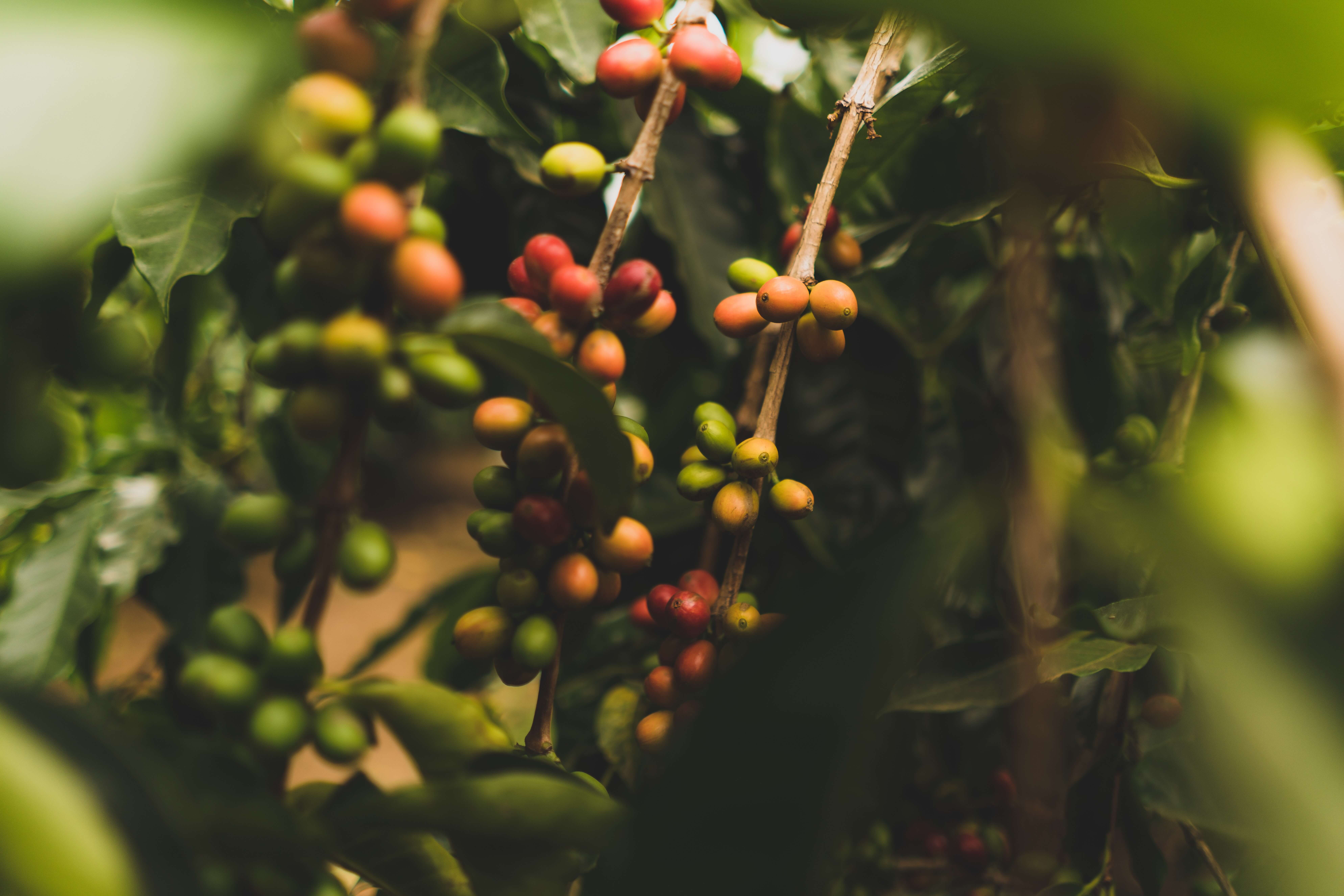
A sector threatened by global warming
Arabica, the main variety in Ethiopia, is cultivated at high altitudes (between 1,200 and 2,200 m) and thrives in temperatures ranging between 18 and 22 ° C. Unfortunately, over the past 50 years, the average annual temperature has increased by 1.5° C. A study conducted by researchers from the Kew Royal Botanic Gardens in the United Kingdom, and specialists from the College of Natural Sciences in Addis Ababa in Ethiopia state: “39 to 59% of current coffee growing areas could undergo a significant enough climate change to make them unsuitable for this cultivation” they add: “by the end of the century. Coffee plantations in the Harar region would probably disappear (...) A do nothing approach could be disastrous for Ethiopia's coffee economy in the long run”
According to these researchers, to save this crop, it would be necessary to move the coffee plantations 32 metres higher in altitude per year. The challenge is immense since 80% of the production is cultivated in forest areas.
Ethiopian coffee and Arabica in general are in danger. Let us hope that state agreements succeed quickly, making it possible to safeguard a predominant economic sector for millions of people.
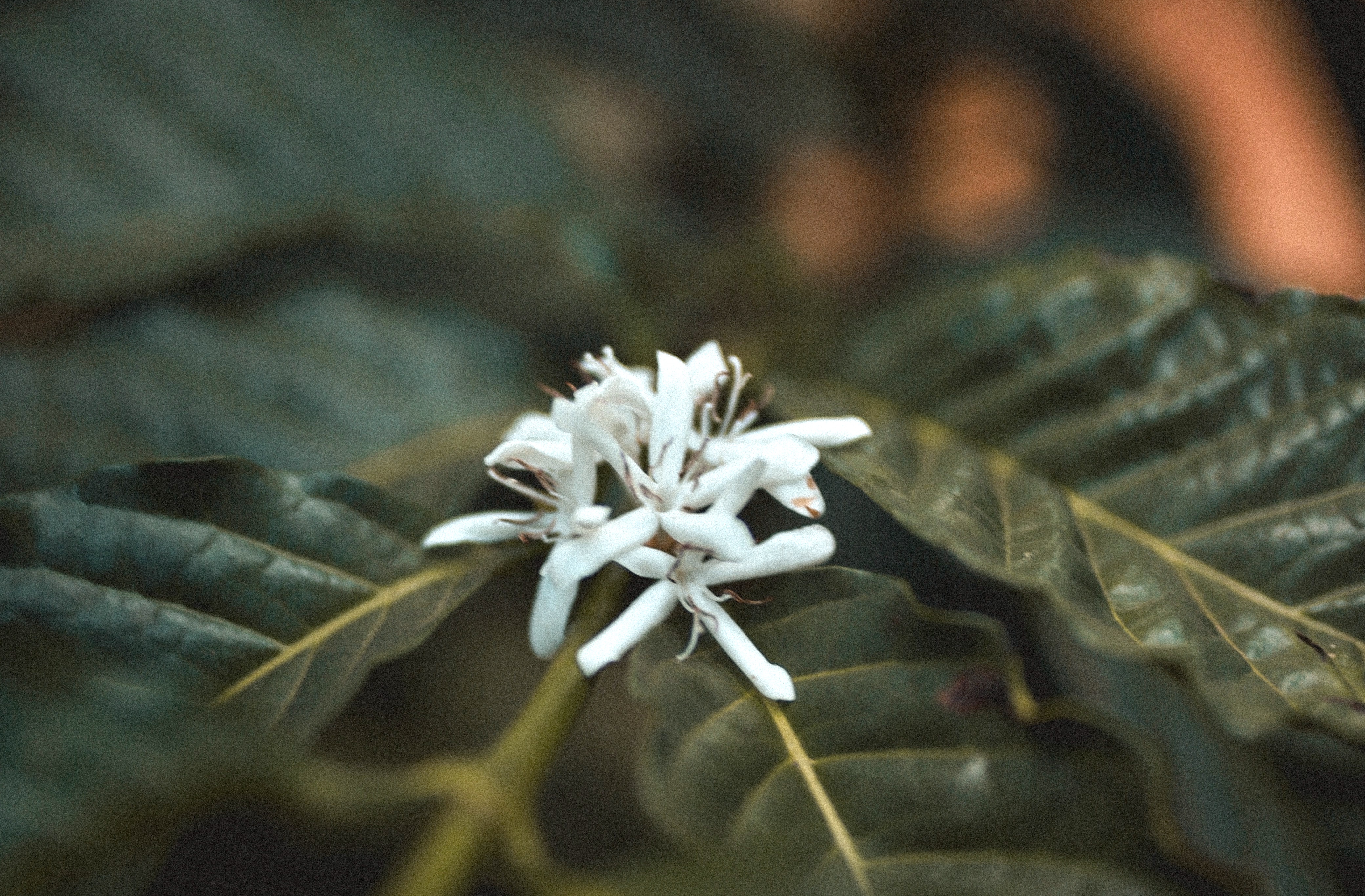
SECURE PAYMENTS
Visa, Mastercard, Amex, Postfinance, Paypal, Bitcoin, Twint Wire transfer
FREE DELIVERY
Orders greater than CHF 100 receive 24/48H delivery
FREE RETURNS
You have 30 days to return your order for free
EXPRESS CUSTOMER SERVICE
We answer your questions Monday to Friday from 9 a.m. to 5 p.m.